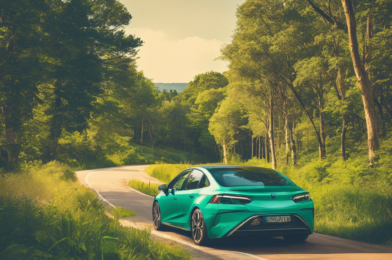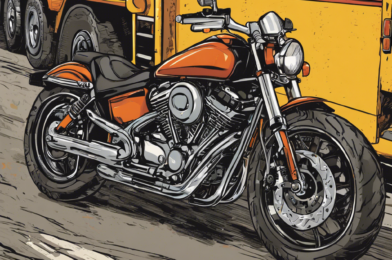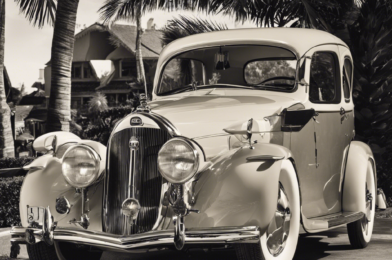Classic and vintage automobiles have long been sought-after collectibles, prized for their aesthetic appeal, engineering prowess, and ability to evoke nostalgia. Beyond their inherent beauty, these vehicles represent a unique investment opportunity for enthusiasts and collectors alike. In the world of classic car collecting, there is a diverse array of options to suit different tastes and budgets. For those with a penchant for speed and performance, vintage sports cars from renowned manufacturers like Ferrari, Porsche, and Jaguar are always in high demand. These sleek machines, with their powerful engines and iconic designs, offer a thrilling driving experience and are sure to turn heads wherever they go.
Another popular category is classic American muscle cars from the 1960s and 1970s. Models such as the Ford Mustang, Chevrolet Camaro, and Dodge Charger have become cultural icons, synonymous with power and freedom. With their roaring engines and distinctive styling, these vehicles continue to captivate collectors and car enthusiasts worldwide. For those with a more refined taste, elegant luxury cars from brands like Rolls-Royce, Bentley, and Mercedes-Benz hold a timeless appeal. These automobiles combine sophisticated design, exquisite craftsmanship, and a smooth driving experience, making them the ultimate status symbols for connoisseurs.
When investing in classic and vintage automobiles, it’s essential to consider several key factors. First and foremost, the condition of the vehicle is paramount. Well-maintained cars with low mileage and a detailed service history tend to fetch higher prices. Scarcity is another critical aspect, as limited-edition models or those with unique features are often more valuable. Additionally, the provenance of a vehicle, including its previous owners and any notable appearances, can significantly enhance its desirability and value.
Passionate collectors are always on the lookout for rare gems that stand out due to their exceptional design, engineering, or historical significance. Auction houses like RM Sotheby’s, Bonhams, and Gooding & Company specialize in classic car auctions, offering a platform for collectors to acquire these coveted automobiles. Beyond the thrill of the chase, investing in classic cars comes with potential financial benefits.
Well-chosen automobiles can appreciate in value over time, providing a solid investment opportunity. However, it’s important to remember that this is a highly specialized market, and expert knowledge is crucial for making informed decisions. Reputable auction houses and classic car dealers can provide valuable insights and guidance to collectors, ensuring they make wise investments. For enthusiasts, collecting classic and vintage automobiles is about more than just financial gain; it’s a passion fueled by an appreciation for automotive history and a desire to preserve these magnificent machines for future generations.
Attending renowned car shows and exhibitions, such as the Pebble Beach Concours d’Elegance in the United States or the Goodwood Revival in the United Kingdom, offers collectors an opportunity to immerse themselves in the culture and connect with like-minded individuals. These events, celebrating the heritage and craftsmanship of classic automobiles, provide a platform for collectors to showcase their prized possessions and exchange stories and expertise. Beyond the thrill of the chase and the potential financial rewards, it is this sense of community and shared passion that makes investing in classic and vintage automobiles so enticing.
As a final note, for those interested in joining the captivating world of classic car collecting, it is essential to develop a discerning eye for detail and a deep understanding of the market. By immersing oneself in the culture, connecting with experts and fellow enthusiasts, and conducting thorough research, one can navigate this intriguing realm with confidence and success. Whether it’s the allure of iconic designs, the thrill of the open road, or the potential for a valuable investment, the appeal of classic and vintage automobiles endures, ensuring their place in the hearts of collectors for generations to come.






